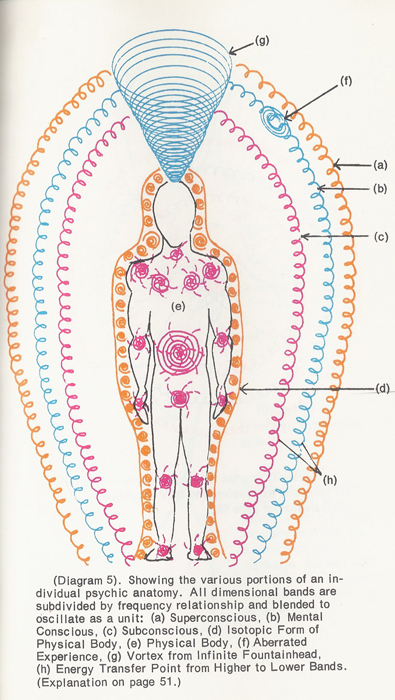 History of the Atom as A Vortex – What Happened?
History of the Atom as A Vortex – What Happened?
Excerpt from The Vortex: Key To Future Science by David Ash & Peter Hewitt
Lord Kelvin’s vision has been described as one of the most remarkable theories of its kind ever put forward. As the most original theory of matter in two and a half thousand years, it is hardly surprising that it caused a revolution.
Tragically, in the upheavals of the early 20th century, his ideas were lost. Revived today, his profound insight into the fundamental nature of matter could cause a new revolution, shattering our understanding of the material world and the physical universe.
Sir William Thomson, born in Belfast in 1824, became one of the greatest physicists of his day. A  child prodigy, Thomson entered Glasgow University at the age of eleven. He went on to Cambridge, where he became renowned for his original thinking. On returning to Glasgow, he was appointed professor at the age of only twenty-two.
child prodigy, Thomson entered Glasgow University at the age of eleven. He went on to Cambridge, where he became renowned for his original thinking. On returning to Glasgow, he was appointed professor at the age of only twenty-two.
During his life Thomson was heaped with honors. He pioneered the laying of the first successful trans-Atlantic cable. This achievement caught the public imagination and for it he was knighted in 1866. In 1890, he was elected President of the Royal Society, the most prestigious scientific body in the country. In 1892, he was elevated to the peerage, becoming Lord Kelvin. In 1902, in recognition of his outstanding achievements in science, he became a founder member of the Order of Merit. This honor, one of the most exclusive conferred by the British Crown, is restricted to the Sovereign and twenty-four men and women of great eminence. On his death in 1907, Lord Kelvin was buried in Westminster Abbey, next to Sir Isaac Newton.
Kelvin made major contributions in many leading areas of science and technology. He is perhaps most famous today as a founding father of thermodynamics. He was responsible for defining absolute zero and the Kelvin scale of temperature that is named after him. With the help of other scientists, he formulated the law of conservation of energy and did pioneering work on the kinetic theory of gases. He also worked extensively in the field of electricity and magnetism, inventing several ingenious instruments which are still in use – including the mirror galvanometer, the dynamometer, and the magnetically-shielded ship’s compass.
It was a time of revolution. In Kelvin’s day, the fabric of society was changing more rapidly than ever before. Railways were carving into the countryside. The industrial revolution was in full swing and whole populations were migrating from the country into the mushrooming towns with their mills, factories and endless terraces of houses. Everyone was on the move, everything was changing. Established ideas about the world and even life itself were being turned upside down.
It was Kelvin’s destiny to challenge the established view of matter. His radical vision was in keeping with the revolutionary nature of his time. (more…)








 ‘Parallel universes DO exist’: Multiple versions of us are living in alternate worlds that interact with each other, theory claims!
‘Parallel universes DO exist’: Multiple versions of us are living in alternate worlds that interact with each other, theory claims!


 Excerpt from The Keys to the Universe and the Mind channeled by Cosmon (Thomas Miller) Please also visit his web site at
Excerpt from The Keys to the Universe and the Mind channeled by Cosmon (Thomas Miller) Please also visit his web site at 





 Saturday, October 11, 2014
Saturday, October 11, 2014




 Spacetime Odyssey”:
Spacetime Odyssey”: